The most talked about hallucination is the visual type. But what you may not realise is that there are many kinds of hallucinations. While some of them are caused by various drugs, others result from bereavement, mental disorders and a handful of other conditions. Below, we explore the six types of hallucinations and how they can affect you.
For more reasons than one, people experience hallucinations. In short, a hallucination is a sensation that is perceived as real, but isn’t backed up with any external stimuli. Believe it or not, hallucinations are more common than you may think. In fact, according to a study, one in every 20 people has experienced a hallucination at least once in their lifetime.
The most talked about hallucination is the visual type. But what you may not realise is that there are many kinds of hallucinations. While some are caused by various drugs, including LSD and cocaine, others can result from bereavement, mental disorders and a handful of other conditions. To clear up any questions you may have, here are the 6 different types of hallucinations.
1. AUDITORY
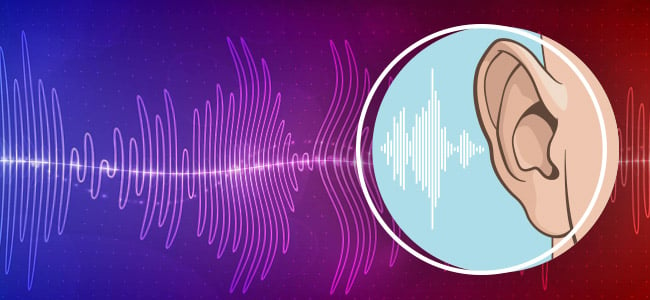
In a nutshell, auditory hallucinations happen when a person starts hearing things that appear present, but in reality are not. Some of the sounds one might hear include whistling, hissing, humming and even voices of those who have passed on. While experiencing an auditory hallucination, you may here just one sound, or a combination of several. With that said, it can be rather difficult to tell the difference between what you’re imagining versus your own thoughts.
Auditory hallucinations are common among individuals with schizophrenia. Other conditions that may trigger this type of outcome include dementia and bipolar disorder. However, those who are dealing with the loss of a loved one can experience auditory hallucinations as well. While some learn to deal with the voices and sounds they hear on a daily basis, others find the experience to be extremely distressing and seek medical assistance to quell the symptoms.
2. VISUAL
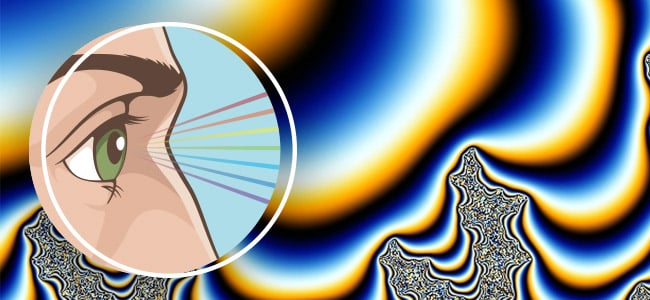
Perhaps one of the more common varieties, visual hallucinations occur when a person sees things that aren’t there. For the most part, this particular type results from ingesting and/or combining pharmaceutical drugs. But those who abuse alcohol or use hallucinogens like LSD can experience visual hallucinations too. Also, this type has been known to affect dementia patients and those that suffer from migraines.
Other causes of visual hallucinations include lack of sleep, low light levels and withdrawal from certain drugs, such as meth. People will often see things like shadows, wisps and bugs, while some claim to see animals, faces and a bunch of other random items.
3. TACTILE
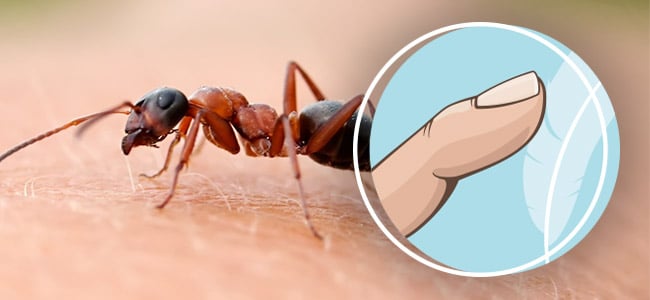
A tactile hallucination involves feeling something on your body or skin that does not exist. In fact, these sensations can become so intense that they cause some sufferers to scratch away at their skin, leaving scabs and scars behind. The most common sensations experienced during tactile hallucinations include bugs or snakes crawling on your skin. Nine times out of ten, tactile hallucinations of this sort result from abusing drugs like alcohol, meth and cocaine.
4. OLFACTORY
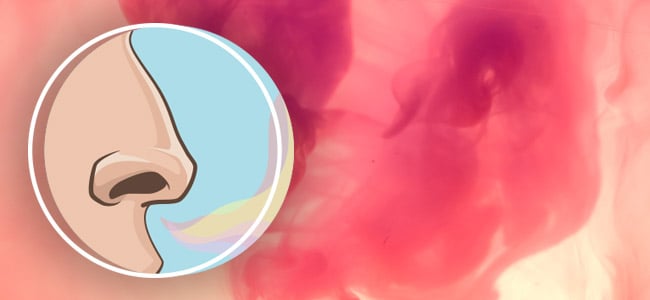
Olfactory hallucinations, also known as phantosmia, occur when a person smells an odour that isn’t present in actuality. It also happens the be one of the more rare types of hallucinations. From brain tumours to epilepsy, olfactory hallucinations can and often result from neurological damage to the olfactory system. But in rare cases, mental disorders can incite them as well.
As far as scents go, they tend to be quite unpleasant. Some olfactory hallucinations include vomit, feces, smoke and even rotting flesh. However, there are cases where individuals smell pleasant, floral aromas instead.
5. GUSTATORY
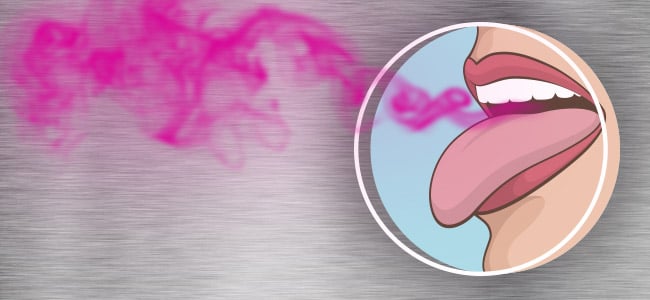
Gustatory hallucinations, also rare, cause a person to taste things they haven’t consumed, including poison and metal. Often times, gustatory hallucinations indicate that the individual may be dealing with a medical issue, or are experiencing side effects from medication they are taking. This kind of hallucination is particularly common in individuals with certain forms of focal epilepsy.
6. PROPRIOCEPTIVE
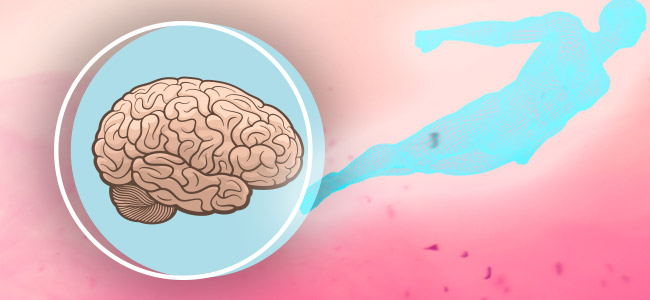
Proprioceptive hallucinations, aka hallucinations of posture, make an individual feel as though they are floating, flying, or having an out-of-body experience. In other words, the person feels as though a part of them is in a different place and not on their physical body.
Typically, proprioceptive hallucinations occur before and after sleep while the individual is still in bed. However, there are reports that these particular hallucinations result from anesthetics and various hospital-related incidents as well.

yabanci
Way cool! Some extremely valid points! I appreciate you penning this write-up and also the rest of the website is really good. Pollyanna Brant Ebner
filmi izle
Good article! We will be linking to this great post on our site. Keep up the good writing. Deb Davis Neille
full hd tek parça izle
Im thankful for the blog. Really thank you! Really Great. Jacenta Micheal Jeremias
Instagram Takipçi Satın Al
Sitemizi hemen ziyaret ederek sosyal medya ihtiyaçlarınızı karşılıyabilirsiniz.
Bulabilirim
Bulabilirim sitemiz ile aradığını bütün herşeyi hızlı şekilde bulabilirsiniz.
gmail satın al
mail hesapları arıyorsanız hemen sitemizi ziyaret ederek kaliteli mail hesapları alabilirsiniz.
yerel gazeteler
Gündem haberleri Konya’nın Karapınar ilçesinde, yıllar evvel oluşan obruğun içerisinde, 45 metre çapında 2 metre derinliğinde obruk meydana geldi. Karapınar ilçesinde obruk oluşumunun yaşandığı mahallenin sakinlerinden Şammas Parlak, Obruk içerisinde obruk olmasına birinci sefer şahit oluyoruz. İçinde koyun kuzu olabilirdi. İki üç gün evvel bir şey yoktu. Sıkça geldiğimiz bir yer dedi.
takipçi satın al
instagram takipçi satın al işlemlerinizi sitemiz üzerinden en uygun fiyatlar ile yapabilirsiniz.
Takipçi Satın Al
takipçi satın al hizmetlerimiz ile kalitei bir şkeilde takipçi alarak arkadaşlarınızın arasında yükselebilirsiniz.